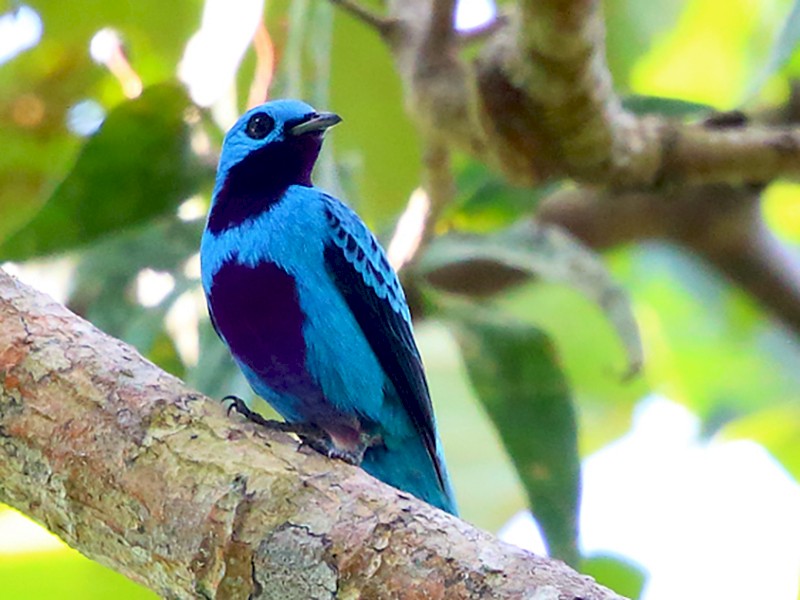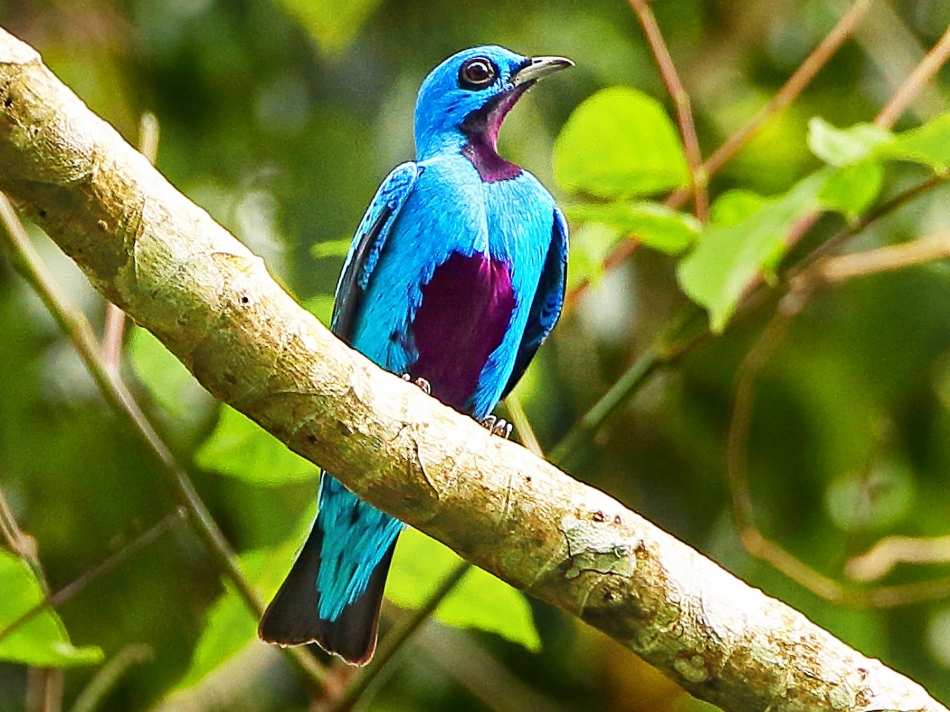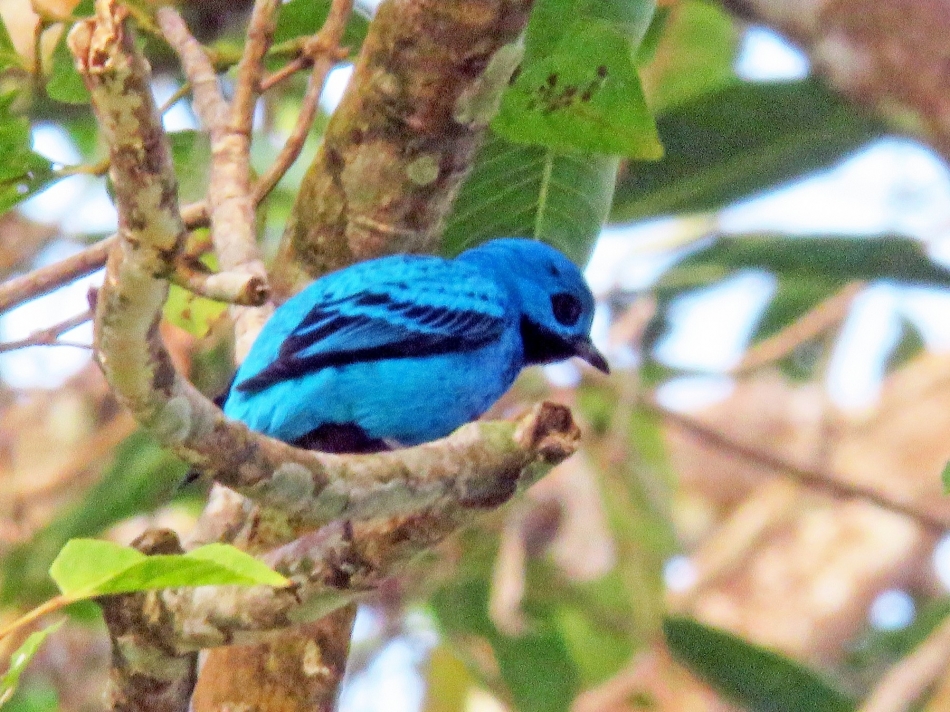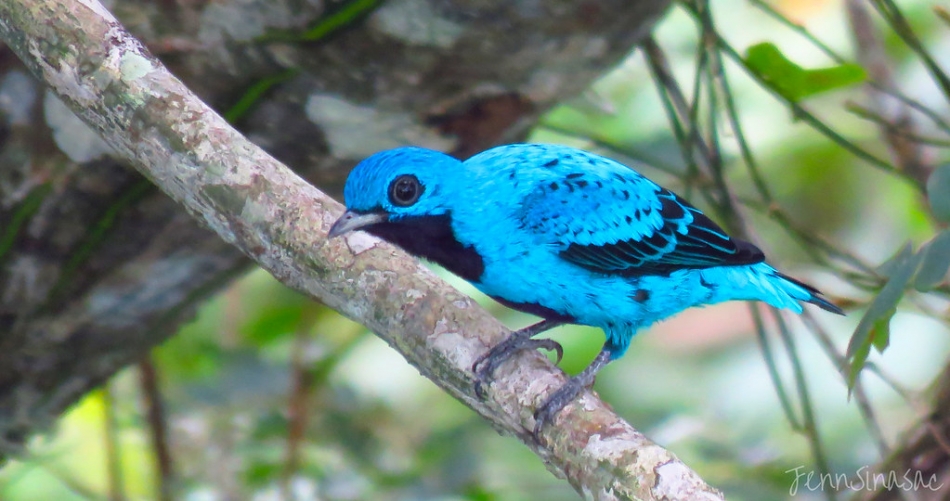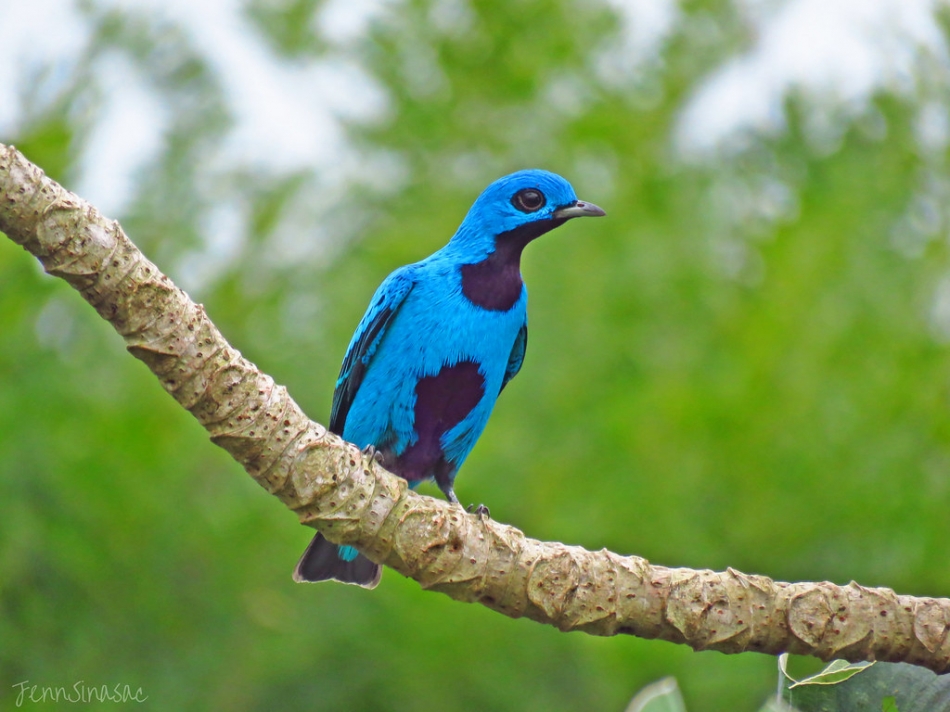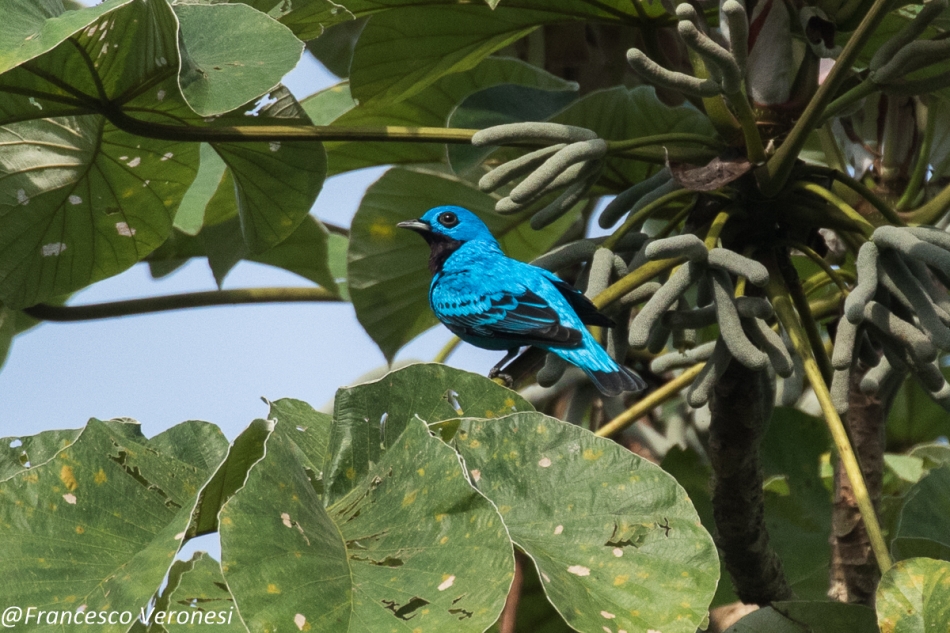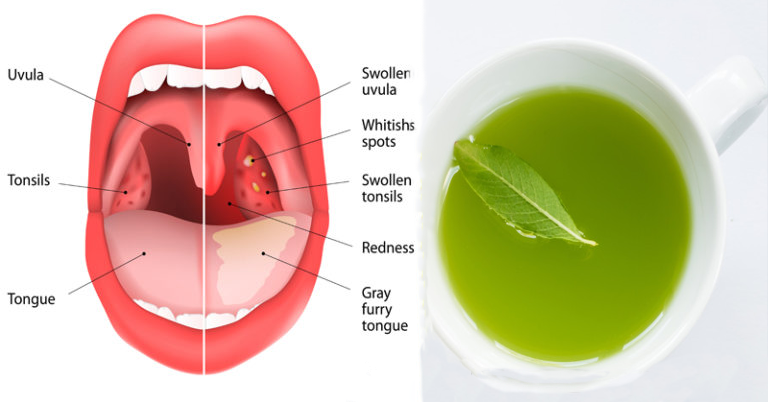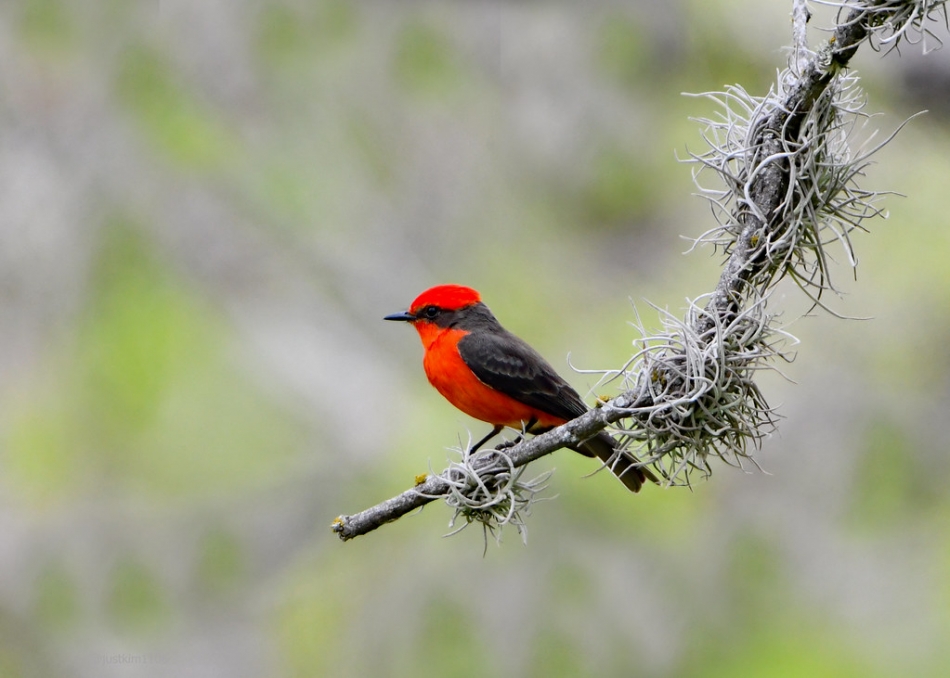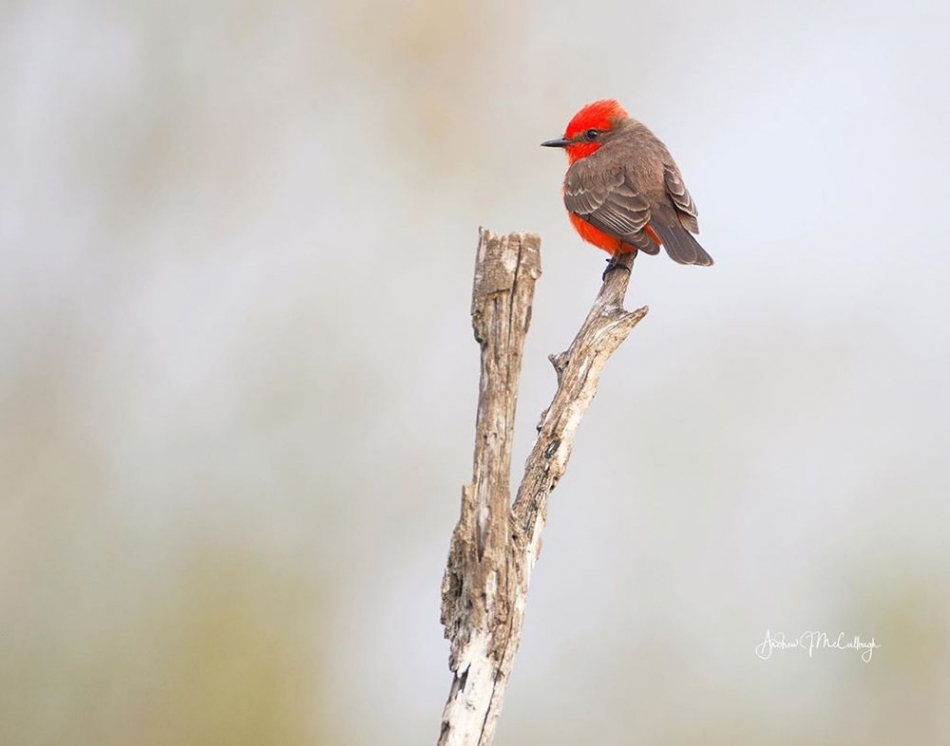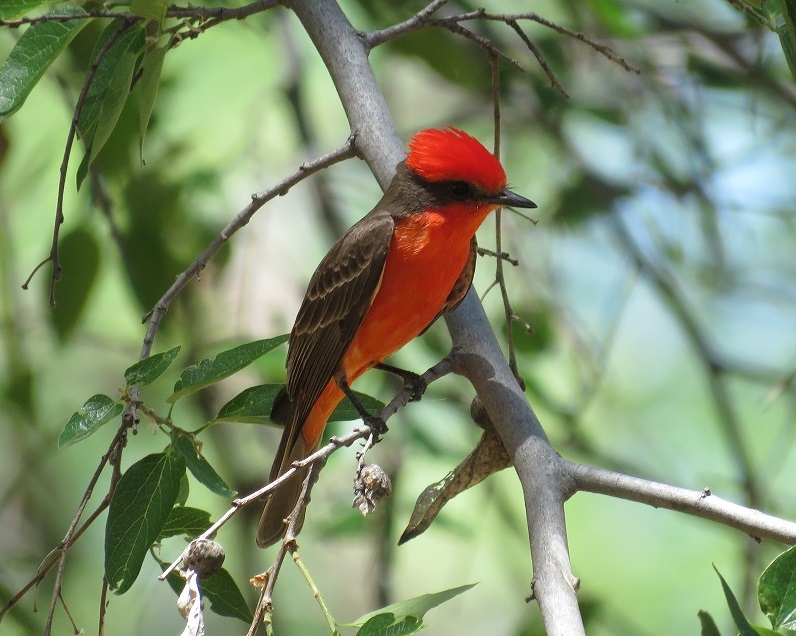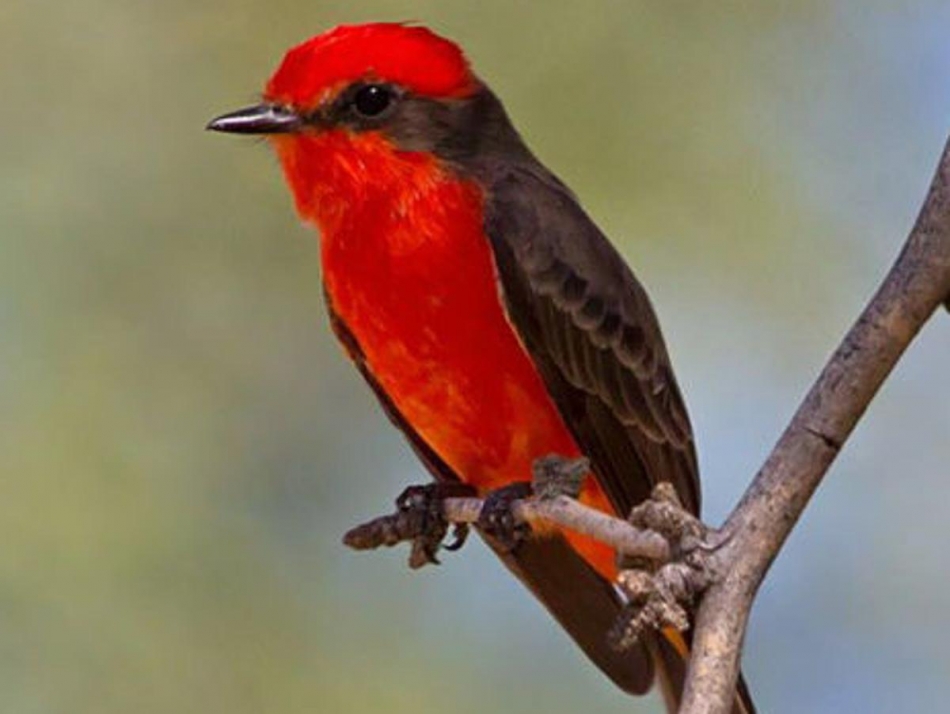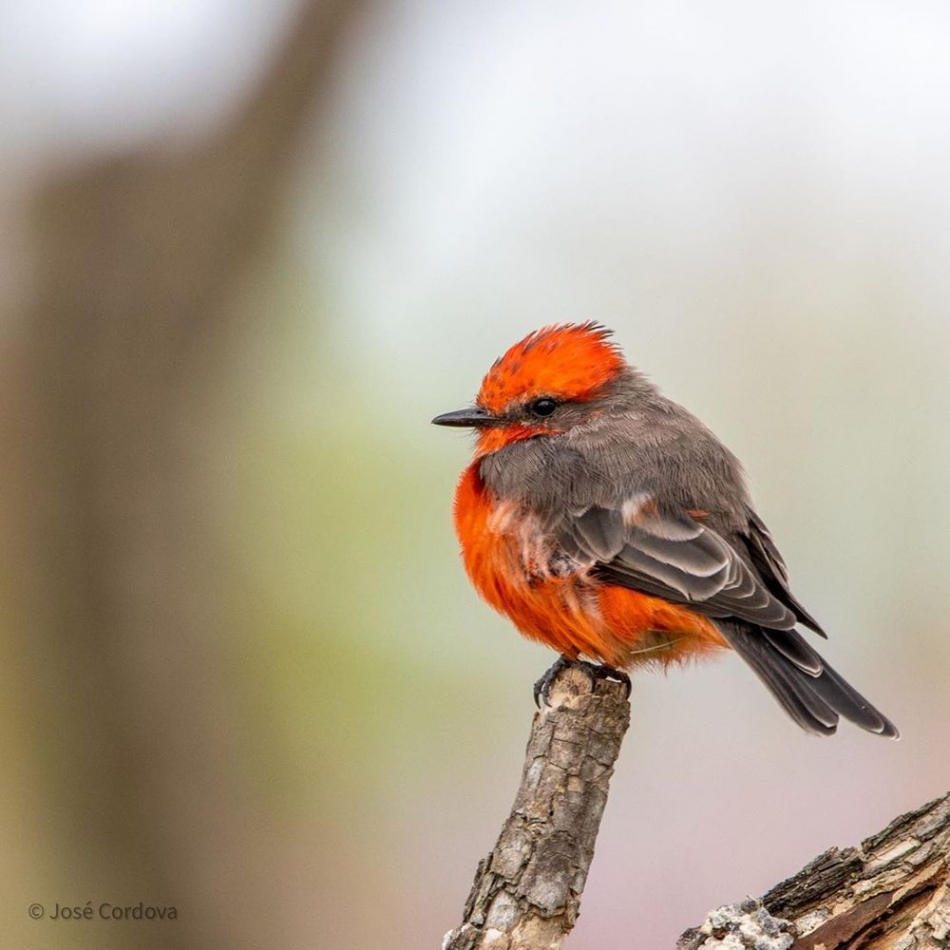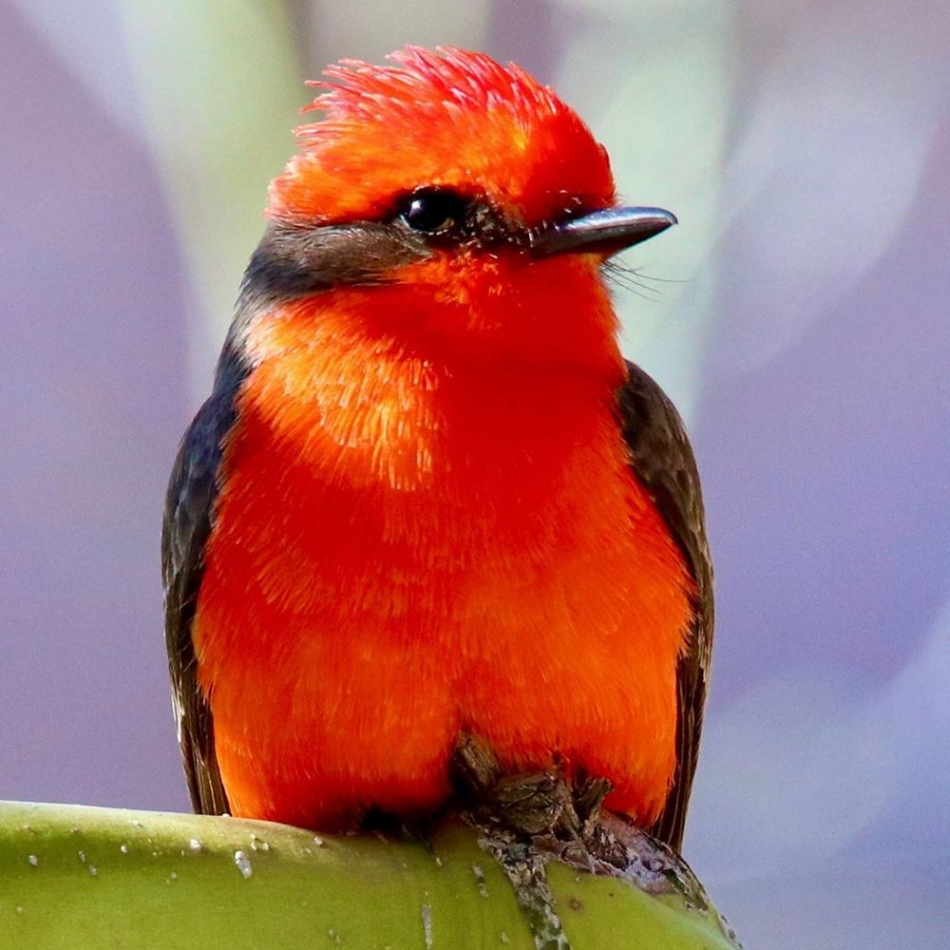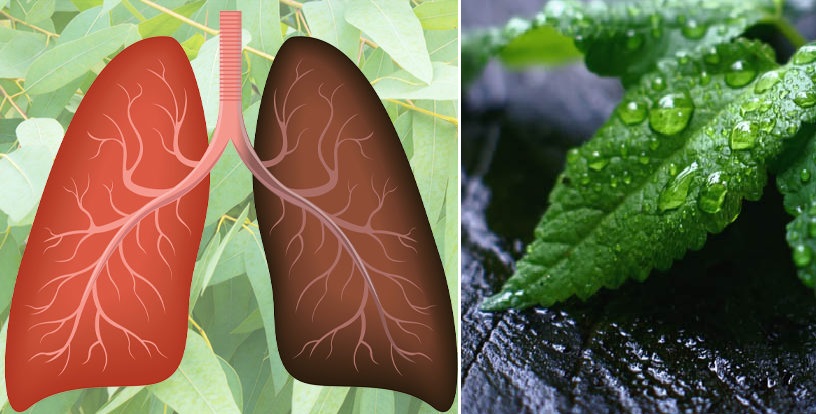When it comes to colors, each of them is unique. But it seems that pink steals our eye sometimes. People think that pink is a female color and it’s true that it has garnered something of a feminine reputation over the years, but people have been wearing pink across all walks of life for a very long time.

In nature, where plants and animals can manifest the sorts of pinky shades I really gravitate towards. Like the pinks found in the feathers of the lovely pink-headed warblers of Guatemala and a small portion of Mexico. In bright daylight, they reveal their rich, cool pinks that often lean towards purple.
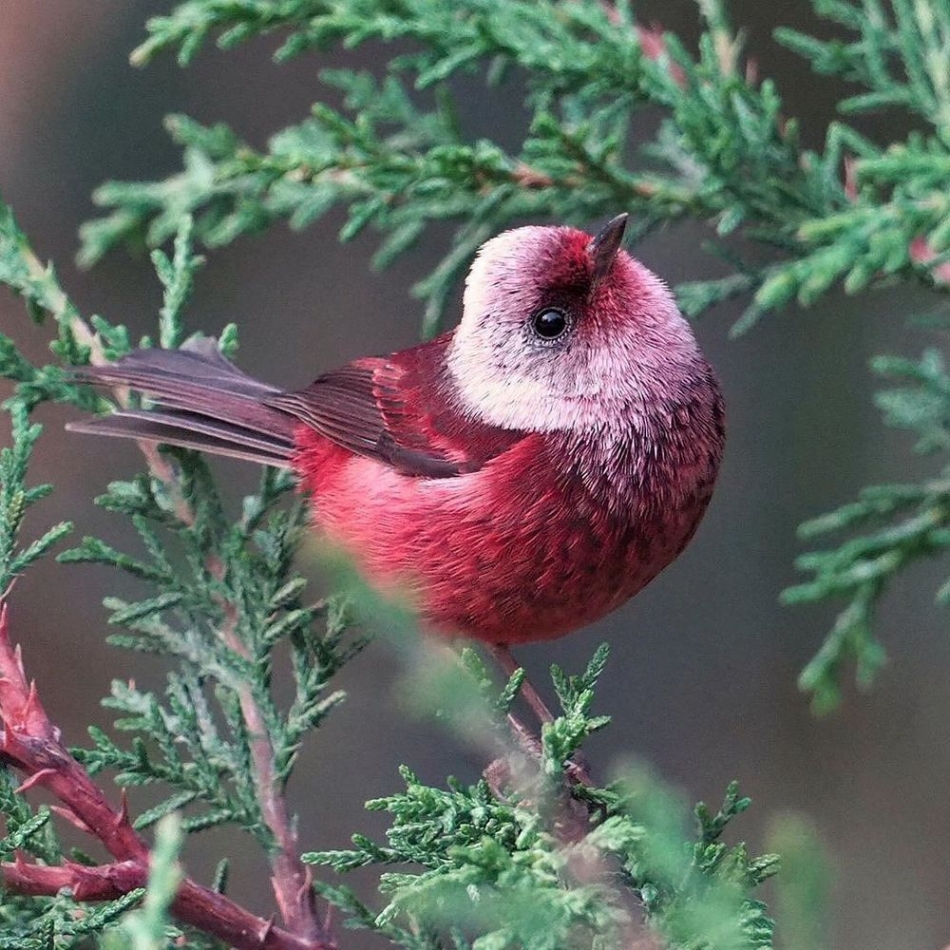
The spritely Pink-headed Warbler is a visual treat: Adult birds seen in good light are an eye-catching red, with a silvery-pink head and chest. In Spanish, this species is called cabeza plateada, “silvery head,” or chipe rosado, “rose-colored warbler.” The species name, versicolor, is Latin for “changeable or various colors” and refers to the warbler’s head plumage. Depending on lighting, the color appears either frosty pink or a deeper red than the rest of its body. This species is related to the equally lovely Red-faced Warbler (Cardellina rubrifrons), but has a more restricted range.
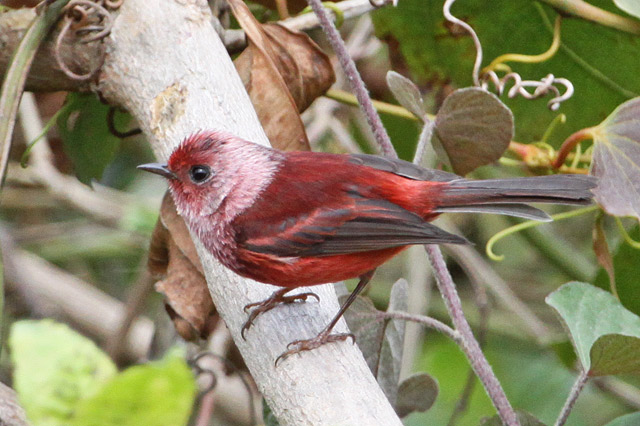
Pink-headed Warbler (Cardellina Versicolor) is only found in the highlands of Guatemala and the neighboring Mexican state of Chiapas. It’s considered Vulnerable to extinction by the International Union for Conservation of Nature (IUCN) due to ongoing habitat loss. Volcanic eruptions, which coat vegetation with thick ash and impact insect populations, may also have caused declines in Pink-headed Warbler numbers.
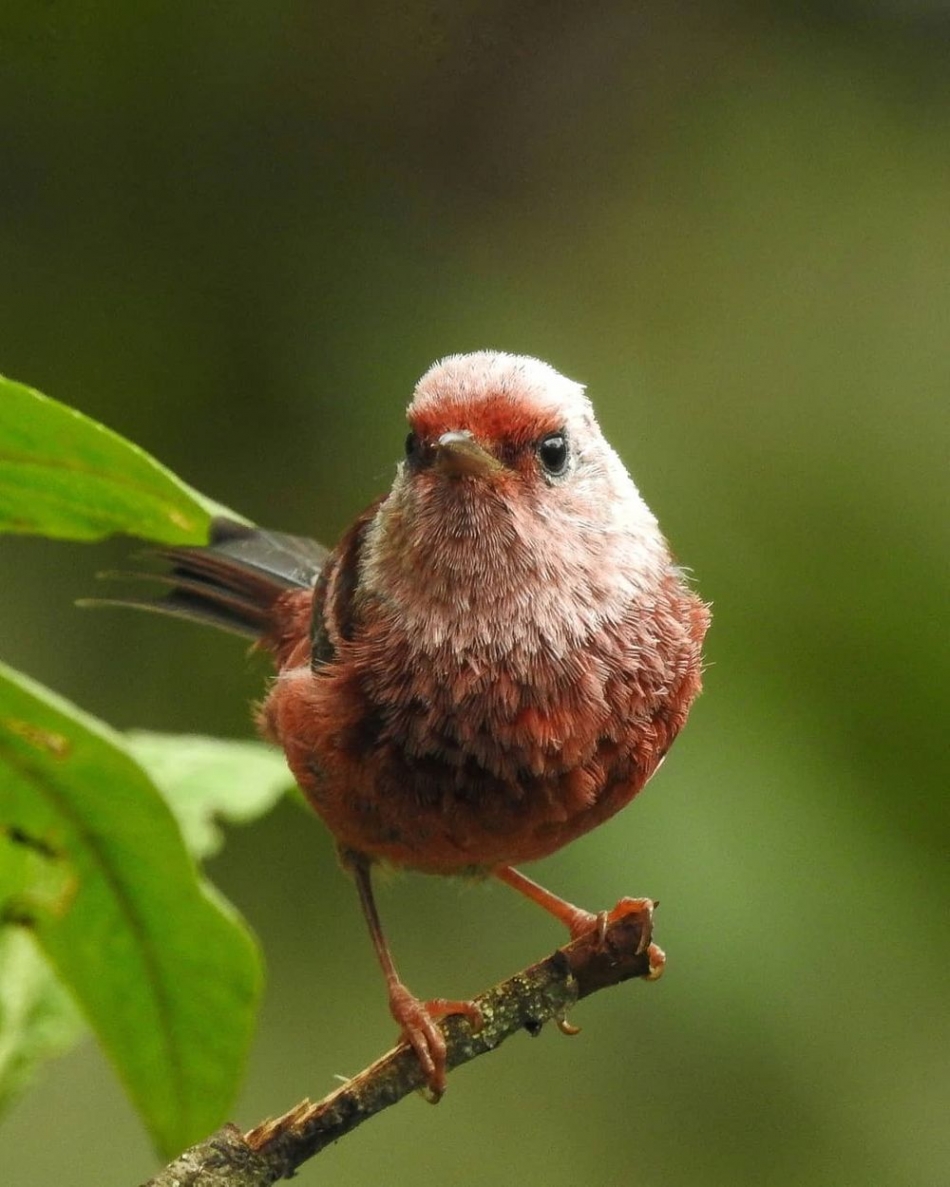
High-altitude Warbler: Pink-headed Warbler is considered rare in southern Mexico. It is more frequently seen in Guatemala, especially in high-altitude pine-oak forests and evergreen cloud forests. These forests also provide winter habitat for migratory species such as Golden-cheeked Warbler and year-round habitat for at-risk highland birds such as Highland Guan and Resplendent Quetzal.
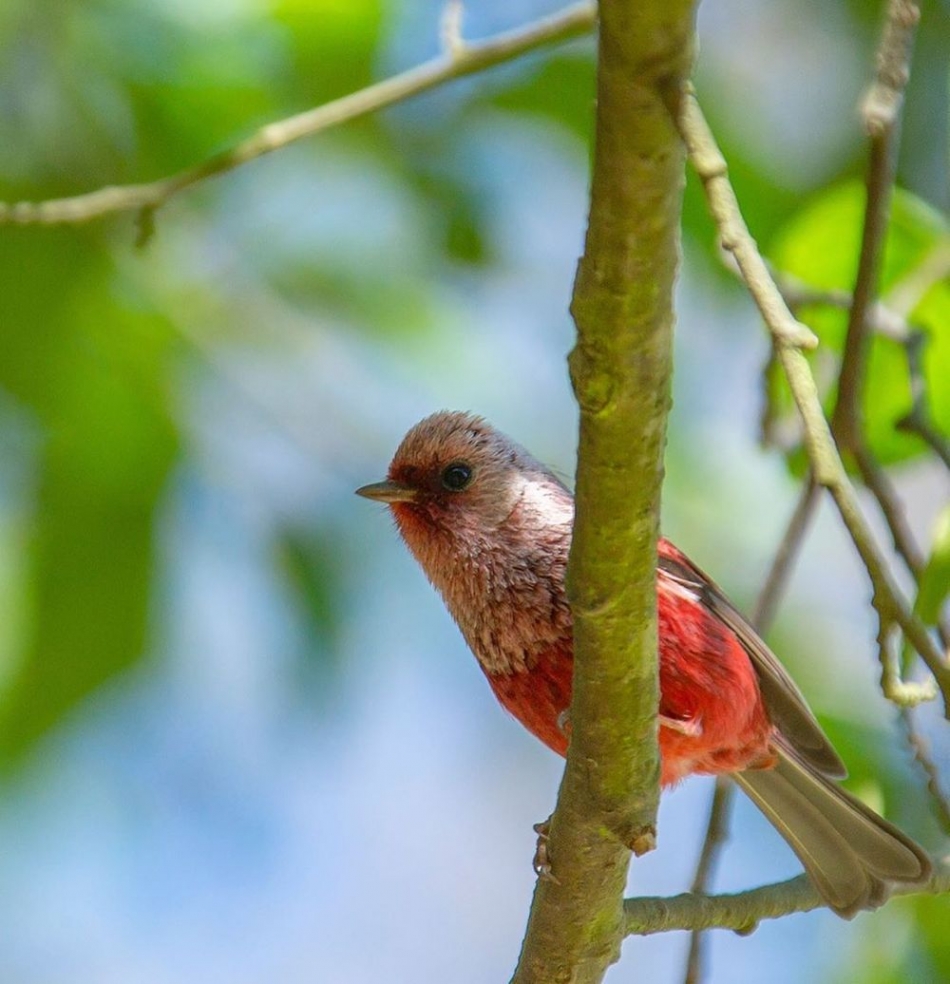
At Home with Visiting Warblers: Like North American migrants such as American Redstart and Bay-breasted Warbler, the Pink-headed Warbler is an insect-eater, gleaning its food from dense understory vegetation and making aerial sallies to snag prey. It usually forages close to the ground, except during the breeding season, when the male may hunt near the tops of trees from which it sings, as high as 50 feet. Pink-headed Warblers are non-migratory and territorial. Males maintain their territories throughout the year. Mated males and females, which look alike, usually remain together year-round. Outside of the breeding season, they may join mixed flocks with other resident bird species and “visiting” warblers, including Blackburnian Warbler and Magnolia Warbler.
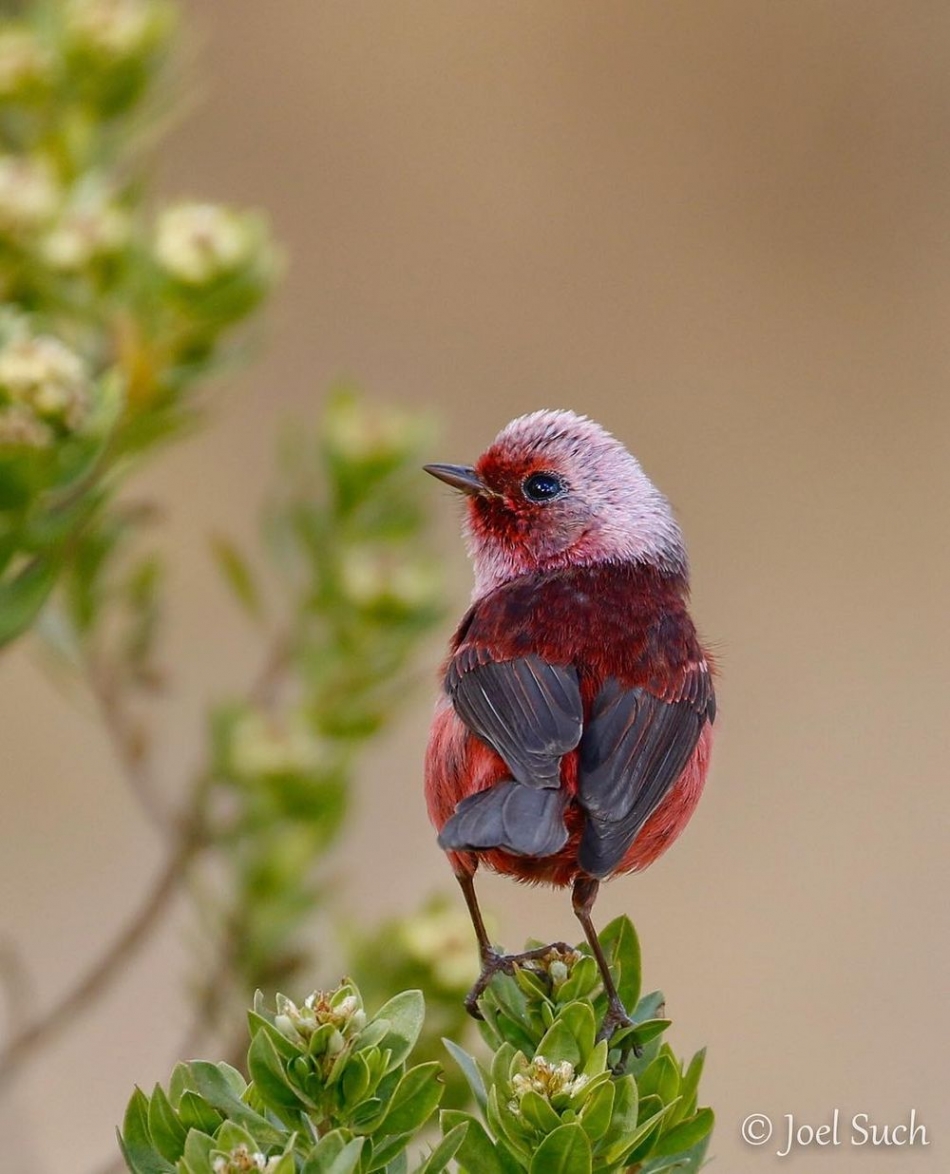
A Species that Sits Tight: Female Pink-headed Warblers build their nests globe-shaped structures of pine needles on the ground, often on a steep bank. They take precautions to prevent potential predators from finding the nests by collecting pine needles away from the building site. Once the nest exterior is completed, the birds line it with fibrous materials and moss, creating a soft layer for two to four eggs. Unlike many other ground-nesting birds, such as Vesper Sparrow and Piping Plover, the female Pink-headed Warbler has no distraction display to deter predators, probably because she spends more than 70 percent of her time on the nest.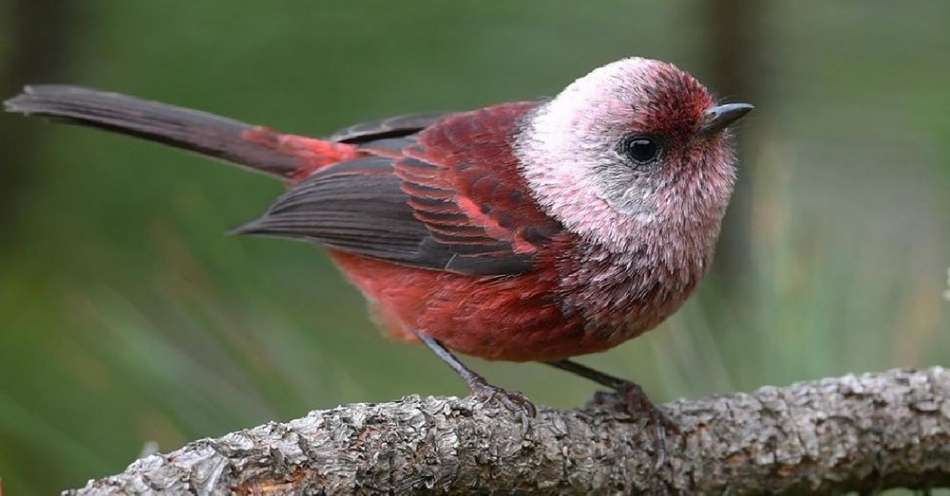
Advances in Warbler Conservation: In 2016, ABC worked with the Guatemalan conservation group FUNDAECO and the World Land Trust to create the Tapon Creek Nature Reserve. This protected area lies along the Caribbean coast and creates a lowland habitat corridor connecting two existing protected areas. It’s an area of high importance for bird conservation: Kentucky Warbler and more than 100 other neotropical migratory birds spend the winter or pass through this region.
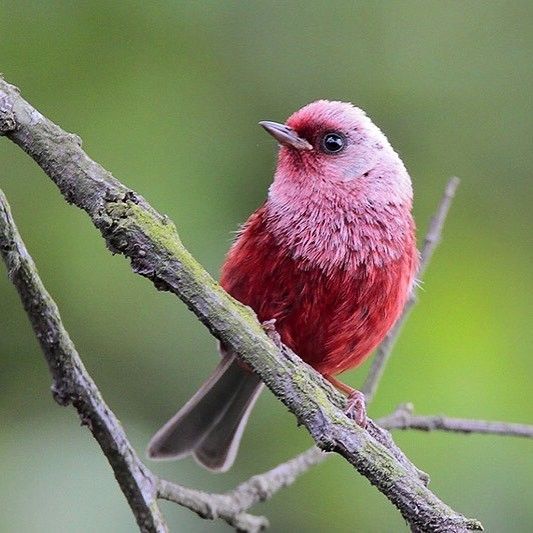
FUNDAECO is currently developing a highland Guatemala program that includes conservation of Pink-headed Warbler habitat. And American Bird Conservancy continues to work with FUNDAECO to conserve the Conservation Coast BirdScape, focusing on habitat for migratory birds such as Wood Thrush. Thankfully, there are still tens of thousands of flitting about, but population levels are on the decline due to habitat loss and conservationists are working to stem the problem before it becomes a crisis.




